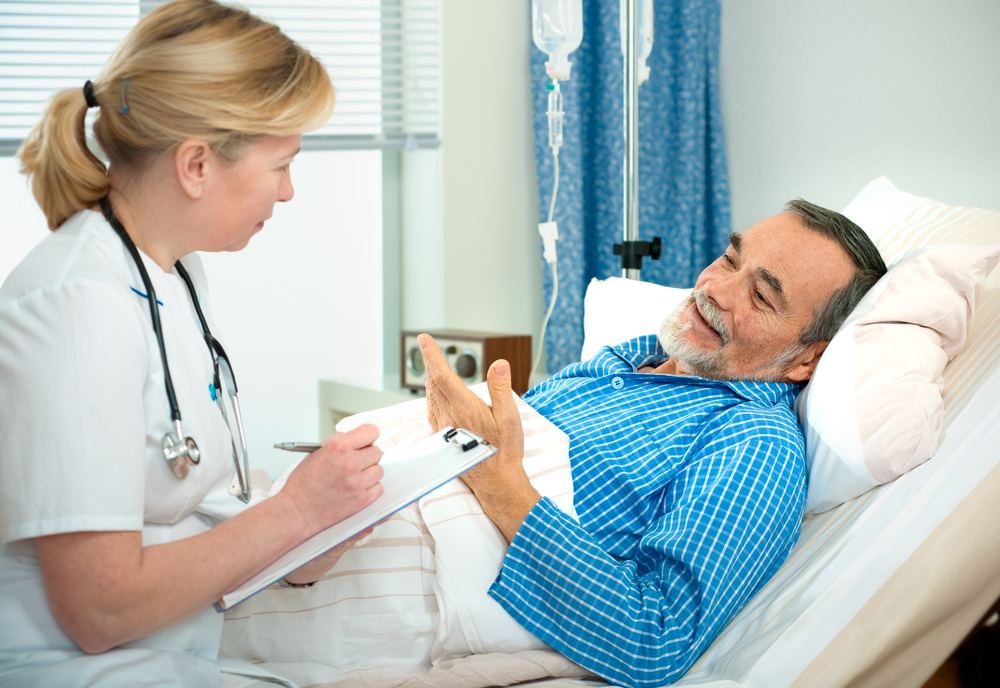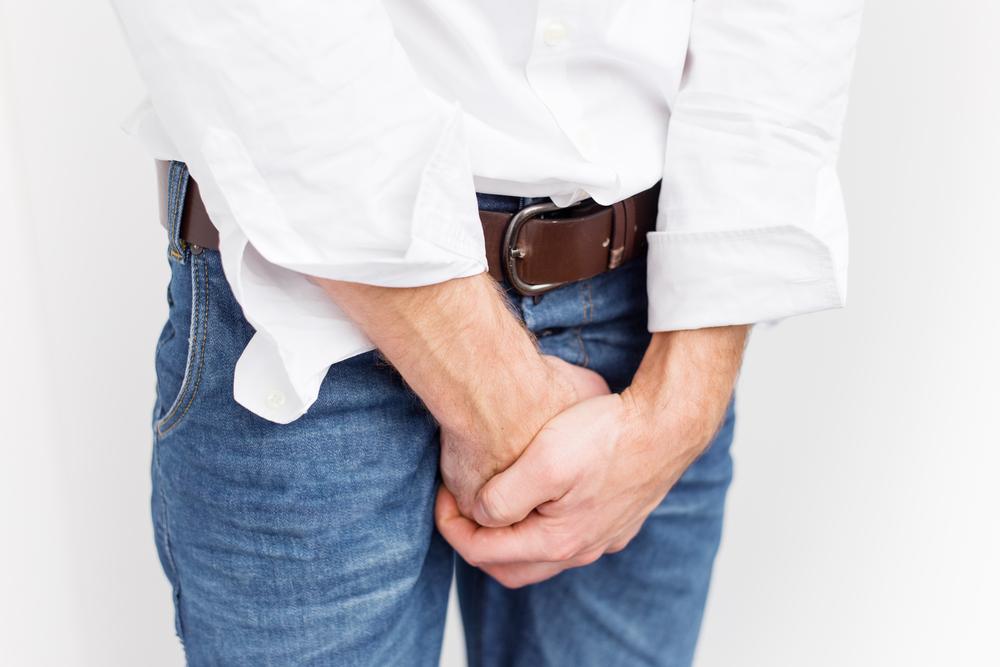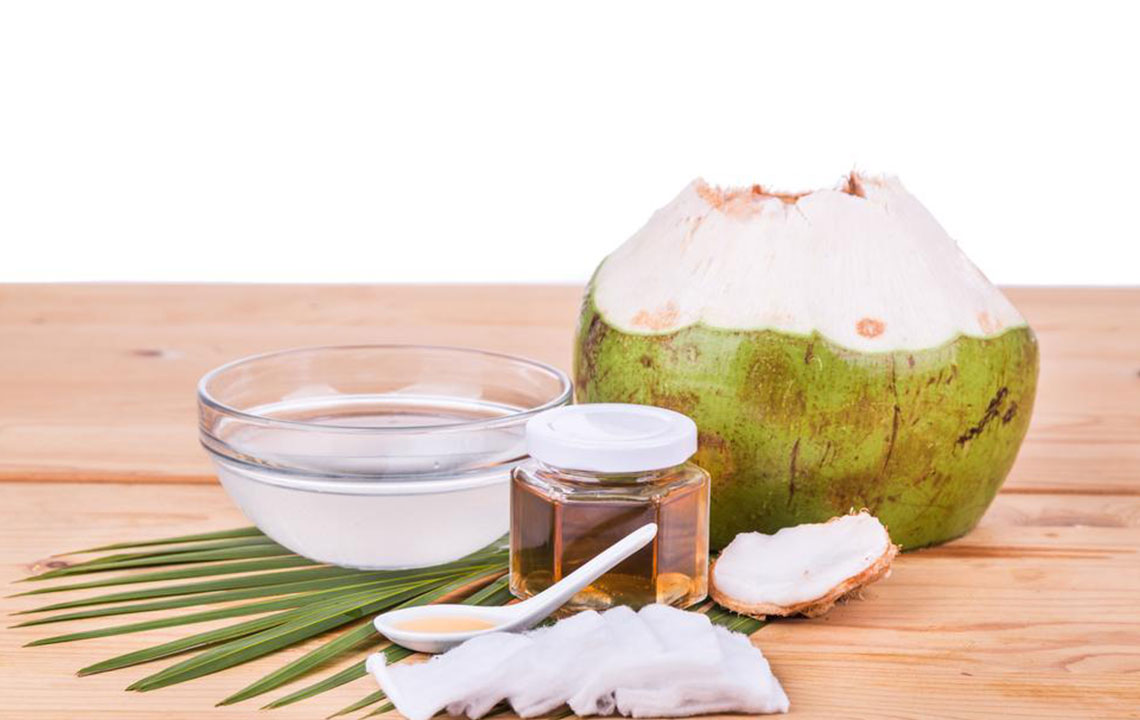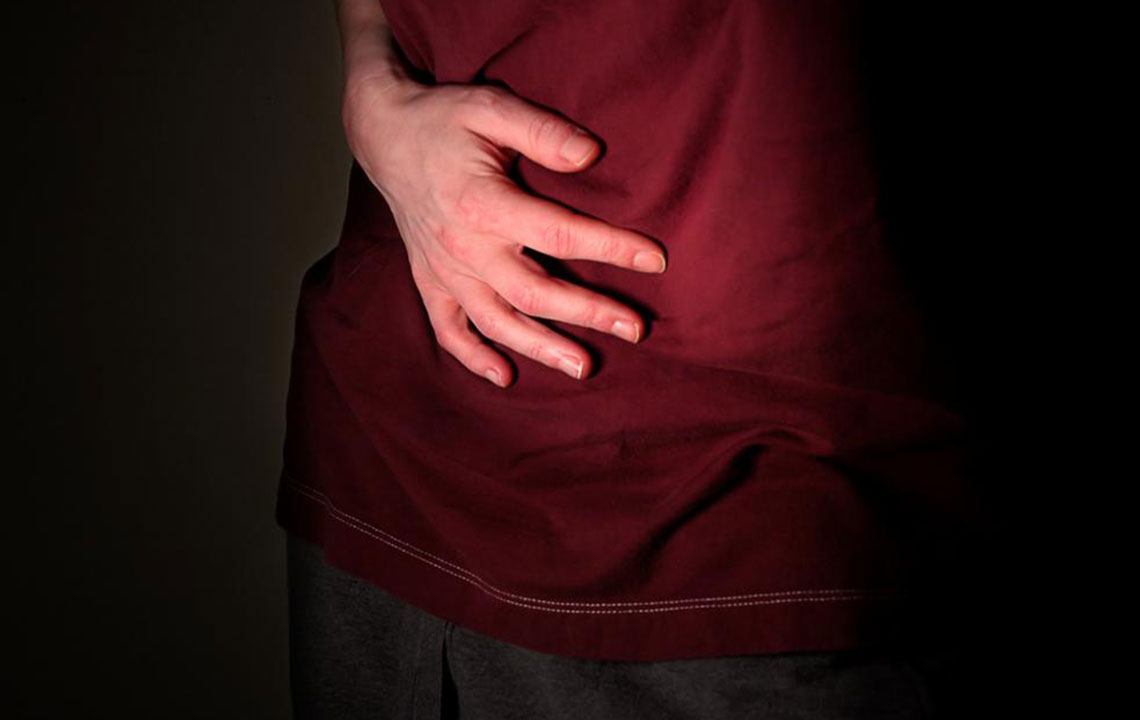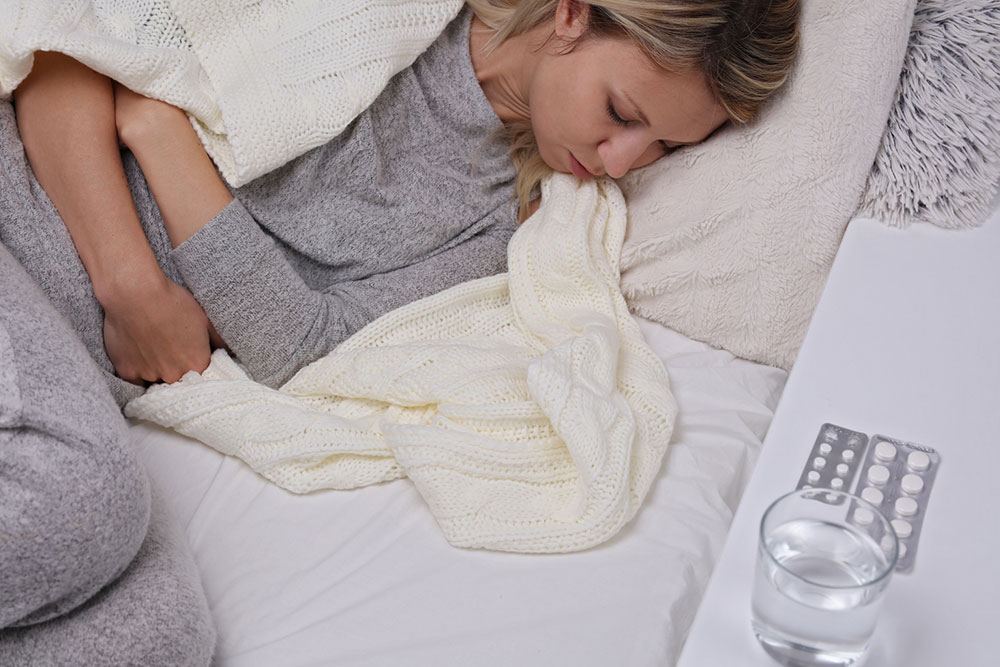Comprehensive Guide to Managing Overactive Bladder Effectively
Effective management of overactive bladder combines behavioral techniques, lifestyle modifications, and medical treatments. Key strategies include bladder training, pelvic floor exercises, weight management, and consulting healthcare professionals. These methods help reduce urgency and frequency, improving quality of life. Recognizing triggers like caffeine and spicy foods is essential in controlling symptoms. With personalized plans and professional guidance, individuals can manage OAB effectively and regain bladder control for a more comfortable daily life.

Comprehensive Strategies for Managing Overactive Bladder
Overactive bladder (OAB) is a prevalent condition characterized by a sudden, involuntary contraction of the bladder muscles, resulting in urgent and frequent urges to urinate. Many individuals with OAB experience a sensation of needing to urinate suddenly and often find themselves rushing to find a restroom multiple times throughout the day and night. The condition can significantly impact quality of life, but with proper management strategies, individuals can regain control and reduce symptoms effectively.
Understanding Overactive Bladder: Symptoms and Triggers
Overactive bladder is more than just frequent urination; it's a condition rooted in abnormal nerve signals and muscle activity in the bladder. Common symptoms include a sudden, intense urge to urinate, increased frequency of urination—often less than two hours apart—and sometimes, leakage if the urge cannot be suppressed. Notably, OAB typically does not cause pain, burning sensations, or blood in the urine, which helps distinguish it from other urinary conditions.
p>Factors such as caffeine, spicy foods, alcohol, and certain medications can exacerbate symptoms by irritating the bladder lining or stimulating nerve pathways involved in the urge to urinate. Additionally, lifestyle factors like obesity, weak pelvic floor muscles, and certain neurological conditions can contribute to the severity of OAB symptoms. Recognizing these triggers is essential for implementing effective management strategies.Non-Medical Approaches for Managing Overactive Bladder
Many individuals prefer starting with behavioral modifications rather than medication, owing to their safety profile and cost-effectiveness. These non-drug strategies serve as the first line of defense against OAB and often provide significant symptom relief when practiced diligently.
p>Bladder training is a cornerstone technique. It involves consciously delaying urination after feeling the urge, gradually increasing the interval between bathroom visits to train the bladder to hold urine longer. This method can reduce urgency and frequency over time. Educating oneself about bladder habits and establishing a personalized toileting schedule can foster better control.Weight management plays a vital role, especially for overweight individuals. Excess weight increases pressure on the bladder and pelvic muscles, worsening symptoms. Achieving and maintaining a healthy weight through diet and exercise can alleviate symptoms and improve overall well-being.
p>Pelvic floor muscle exercises, commonly known as Kegel exercises, strengthen the muscles that support the bladder and urethra. Regular practice enhances muscle tone and improves urinary control. Biofeedback technology can assist in ensuring correct technique, making exercises more effective.p>Double voiding—waiting a few seconds or minutes after urinating before attempting again—helps ensure the bladder is fully emptied, reducing residual urine and decreasing the sensation of urgency. Using absorbent pads provides additional confidence during the initial stages of treatment and during periods of heightened symptoms.When to Seek Medical Advice and Other Treatment Options
While behavioral strategies are effective for many, persistent or severe symptoms should prompt consultation with a healthcare professional. Proper diagnosis is essential to rule out other conditions such as infections, stones, or neurological disorders that may mimic or contribute to OAB. A healthcare provider may recommend additional treatments, including medications, nerve stimulation therapies, or surgical options for refractory cases.
p>Medications like anticholinergics or beta-3 adrenergic agonists can reduce bladder muscle contractions and improve symptoms. However, these drugs may cause side effects such as dry mouth, constipation, or dizziness. Therefore, a balanced approach under medical supervision is crucial. Physical therapy, neuromodulation procedures, and in some cases, Botox injections into the bladder are alternative options that can help manage more stubborn cases of OAB.p>Adopting a comprehensive management plan tailored to individual needs offers the best chances for long-term control. Education about bladder health, ongoing lifestyle modifications, and regular medical follow-up form the backbone of effective OAB management.In summary, managing overactive bladder involves an integrated approach combining behavioral techniques, lifestyle changes, and medical interventions when necessary. By understanding triggers and implementing proven strategies such as bladder training, pelvic floor exercises, and weight management, individuals can significantly improve their quality of life. It's vital to work closely with healthcare providers to develop a customized treatment plan and monitor progress for sustained relief from OAB symptoms.
